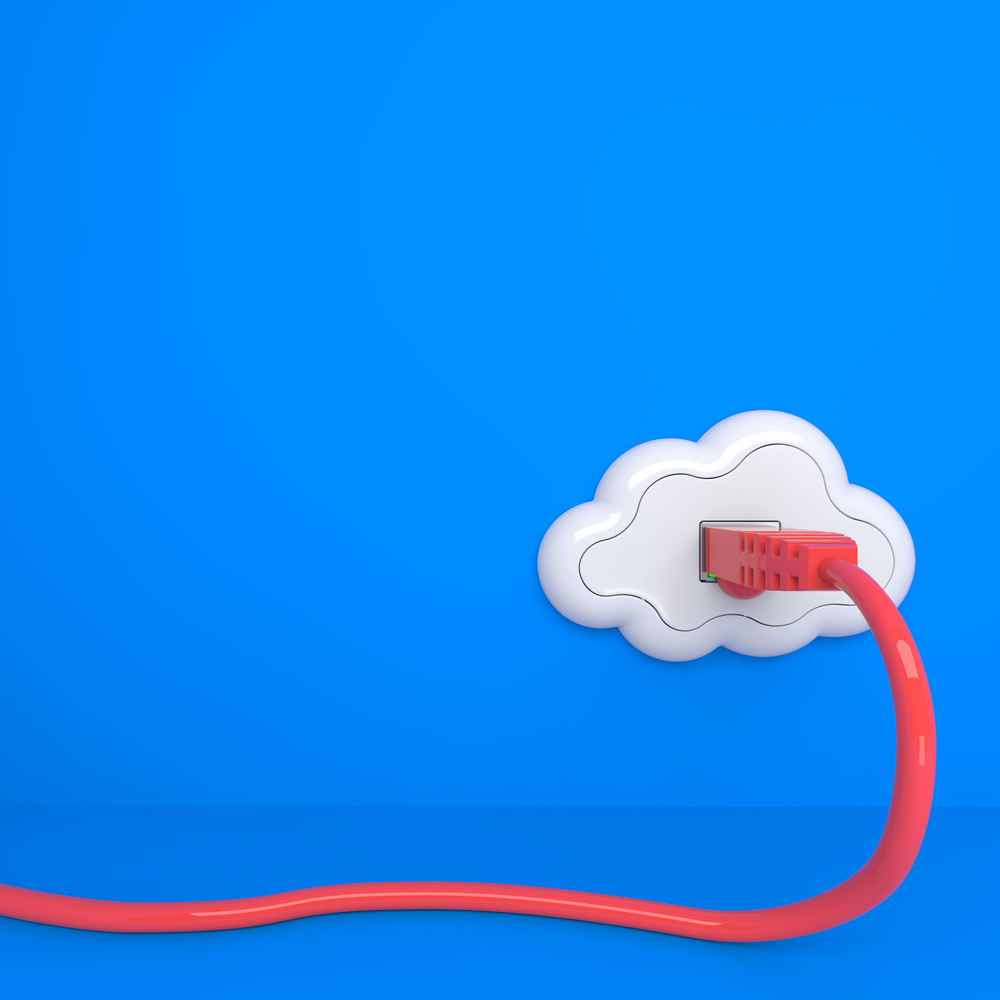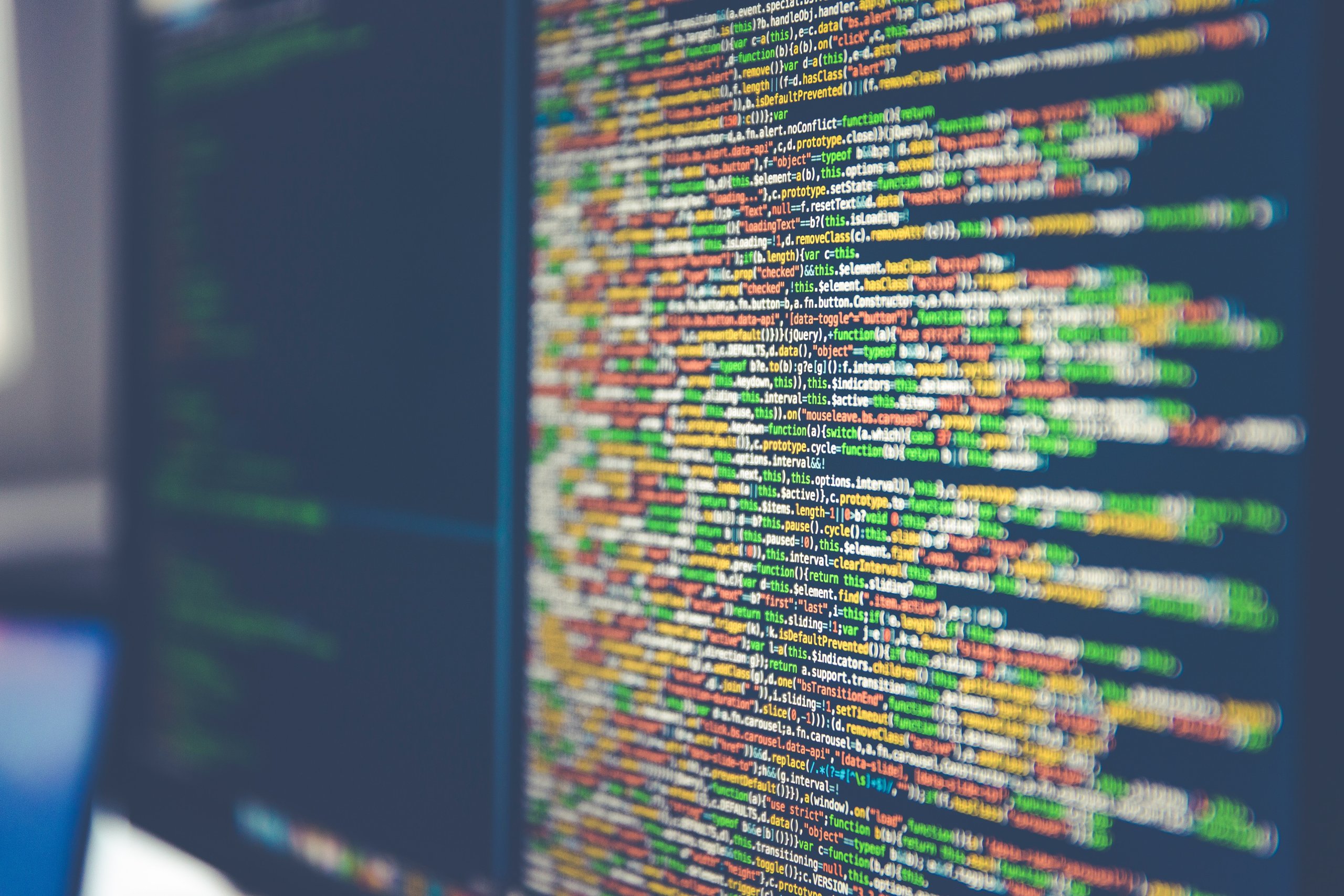Digital media is one of the best ways to send the message across for anything. Designing for the social media websites is one of most sought after jobs and designing companies do roaring business in this regard. Print is also an important medium even in this digital age as many people regularly read newspapers and magazines. These include industry leaders and top managers and their recommendation on a social media is followed widely.
The designers face a tough dilemma these days as where to put their focus. There are enough jobs in print media so that the designers can earn a fat paycheck but the digital design is surely the future and some designers think that they will be left behind if they solely put their focus towards print media. It is a known fact that businesses use a Toronto seo company in making sure that they can make their website rank on top of the search results. Exceptional design of the ads serve the same purpose and can alleviate the chances of a product to be seen and appreciated by its target audience by a greater extent.
In this blog, I will try to put down the 4 main differences between print and digital media and describe where the other has an edge on its opposite.
1. Time-frame and Life-cycle
It is a known fact that print ads do not need much change as one they are published, they will remain the same until a glaring error has been found in them. On the other hand, an ad for the web may go through constant changes as it has to be perfect according to the requirement of the company or client. Changes for the web need to be implemented and tested at every juncture throughout the designing process.
It is more of a nightmare for an ad agency to reprint an ad after an error has been spotted. So designers in coordination with their customers try to check everything possible and print an immaculate piece of ad. In short, a bit more of the planning is needed for the print version as compared to web version of the same ad.
2. Engagement
The sheer number of people which can look at a particular advertisement on the web is simply huge as compared to its print version. It can come close when an ad is being published in a prominent magazine like Time or Forbes and the website’s target market is niche but generally the difference is great. For digital mediums, you need to make sure that the design is clear with nothing vague.
For print medium, the physical environment and location of the people is also important because of the fact that people in an urban area will look at an ad featuring a hill station with more enthusiasm rather than seeing an ad about yet another housing scheme or skyscraper being built.
3. Sense
Print medium give the designer an opportunity to connect with a person on a physical level. A person looking at the ad is able to see it and also feel it to. H can touch the ad and look it closely. Remember that a newspaper or magazine in the physical form has much more impact than a simple ad on a website or FB page which we see day in and day out. The texture and weight of the paper on which the ad will be printed and canvas print along with many other features define the print version of an ad.
Embossed lettering, use of glittering colors and holographic effects can make a print ad stand out in a great way. In print, all these aspects can be applied but doesn’t have the same effect. Digital ads on the other hand have the advantage of adding music or videos to it to enhance the appeal and increase the viewers’ visual fancy to the optimum.
Final Word
Do you have anything to add to this blog or have a suggestion to make this list even better in the future? Please give your valuable feedback in the comments section below.


























Leave a Reply